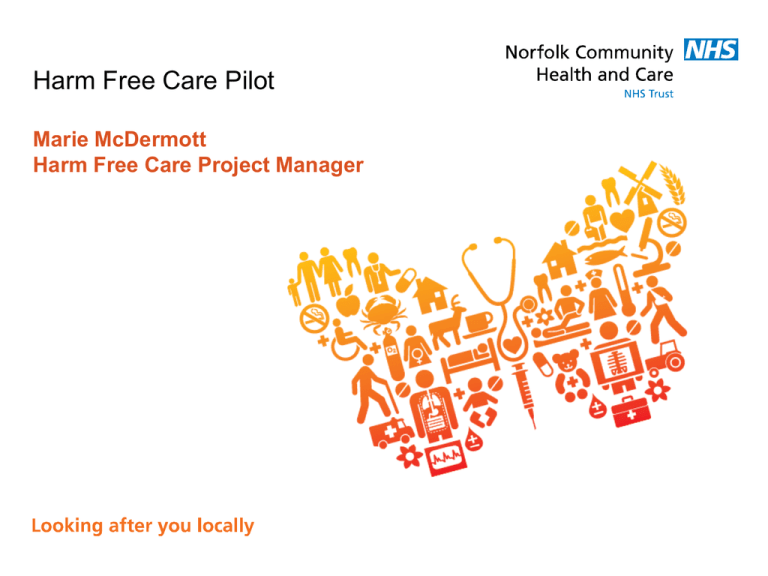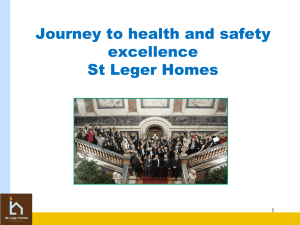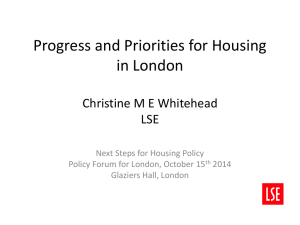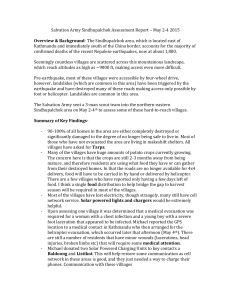Harm Free Care Pilot
advertisement

Harm Free Care Pilot Marie McDermott Harm Free Care Project Manager Rationale for Harm Free Care Pilot •Care homes are a critically important element of the Norfolk health economy •193 care homes with immense diversity and complexity •Ageing population – increasing complexity of resident needs in both nursing and residential homes – less distinction between the two types of home •Increasing pressure on community services for the old and frail especially for nursing and therapy teams and GPs •Risk of deterioration of frail elderly, lack of clear pathway management leading to inappropriate and unnecessary hospital admissions For whom is this issue important? Patients/ Inconsistent standards, lack of personalised Harm Free Care families planning and limited awareness of what “safe” looks like Care Home staff Willingness and commitment undermined by low staffing numbers, high turnover, increasingly complex patients and access to training/urgent care services CCG/GPs Varying clarity about what good care home support looks like and how to manage individual and joint responsibilities for both GPs and the care home staff 24/7 Public Health High number of falls callouts and incidents that could potentially be dealt with by care homes staff. Ambulance potentially used as safeguarding backup. Service providers Increased number of Grade 2 Pressure Ulcers , Falls and Catheter Acquired Infections within volunteer care homes The Starting Point • Identify the variability within the pilot homes in the quality of the fundamentals of care in relation to the three harms; requiring a strategic approach for the frail elderly within care homes. (CSU,NCH&C. NCC) • Enable partnership working with stakeholders to ensure an integrated approach and effective lines of accountability for service transformation changes .(CCGS, GPs, Third sector organisations) • Develop a robust project plan/ initiation document based upon qualitative and quantitative intelligence. • Engage Care Home Managers and teams to support service improvement through the development and implementation a of Harm Free Care bespoke Toolkit Key Project Outcomes • To Promote the safety and well being of all residents within the volunteer Care Homes • To design and implement early intervention tools to identify deterioration and prevent harm for the frail and elderly • To develop opportunities to coordinate integrated care to drive service improvement through sustained engagement • To reduce the number of unnecessary and inappropriate admissions to acute services from care homes, Activity Undertaken to Date Work with care homes and build on examples of good practice Qualitative and quantitative information Dynamic Project management approach – to deliver specific outcomes Partnership working across NCH&C and NCC\CCG’s Patient centric Quality of care Collaborative Commissioning • Working together locally to deliver sustainable excellence in healthcare • Learning from others – Skincare programme/Oxfordshire, Harm free care/Norfolk /Windsor ,Ascot & Maidenhead







